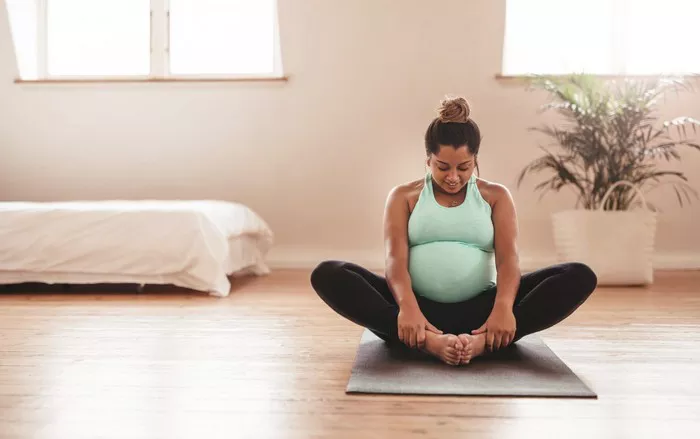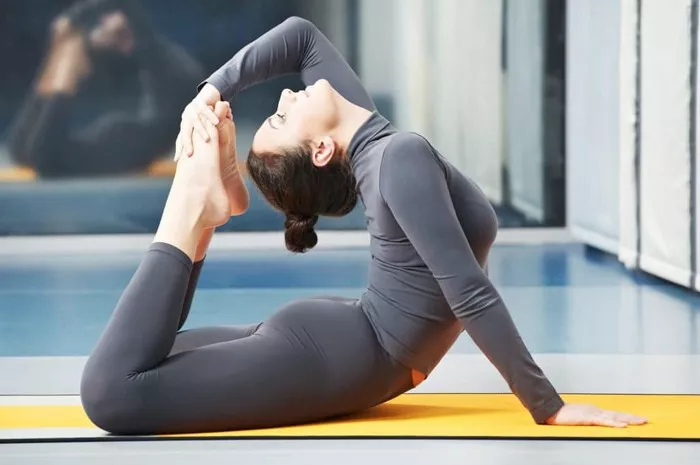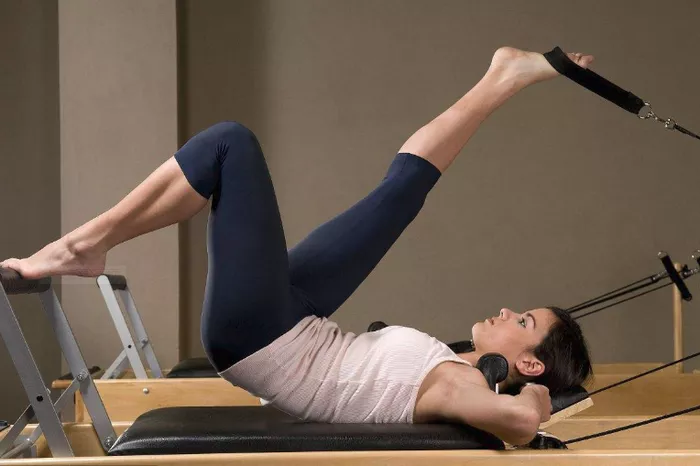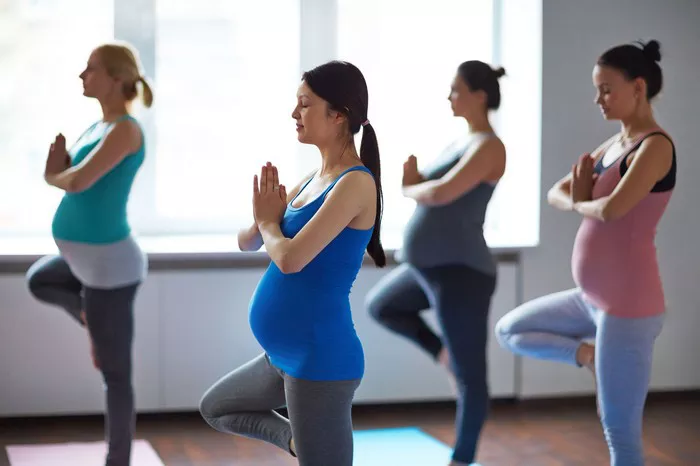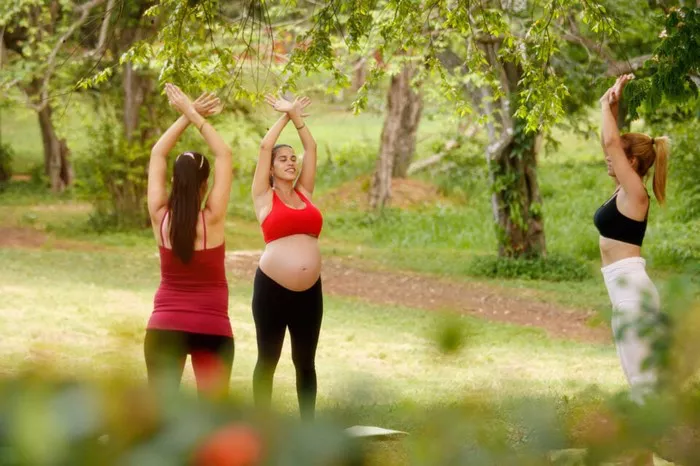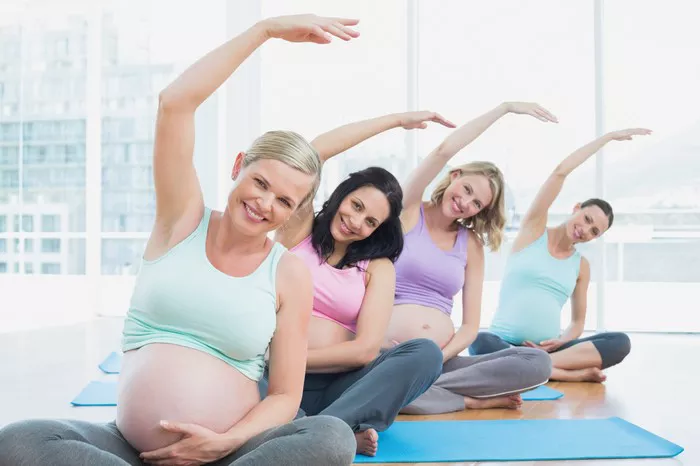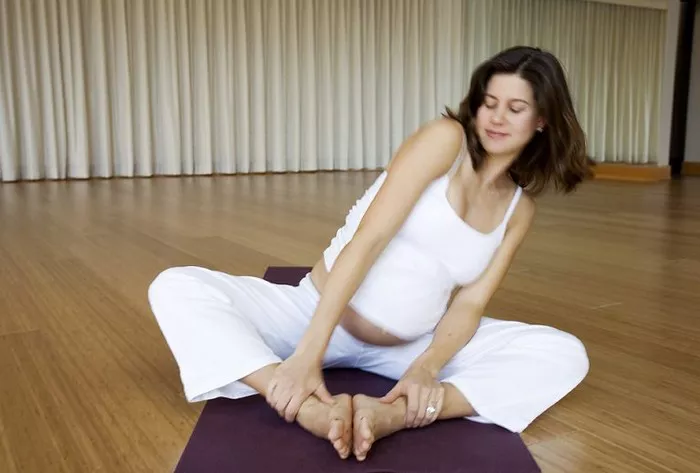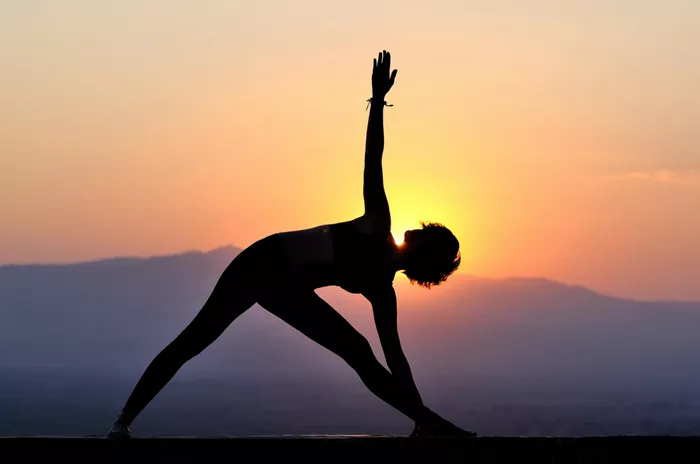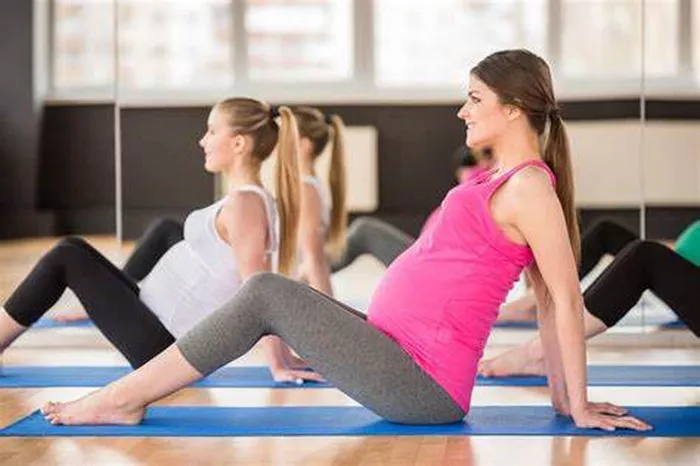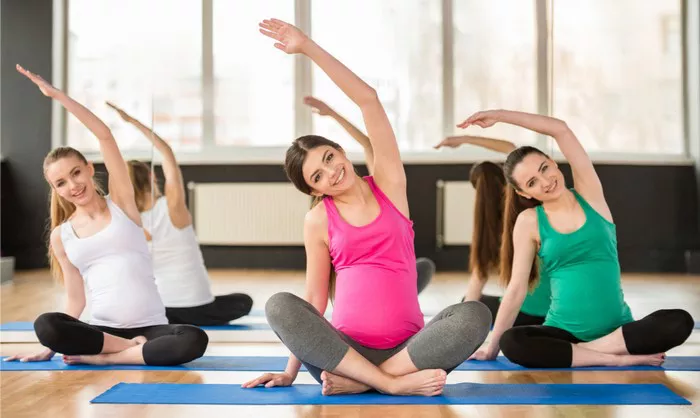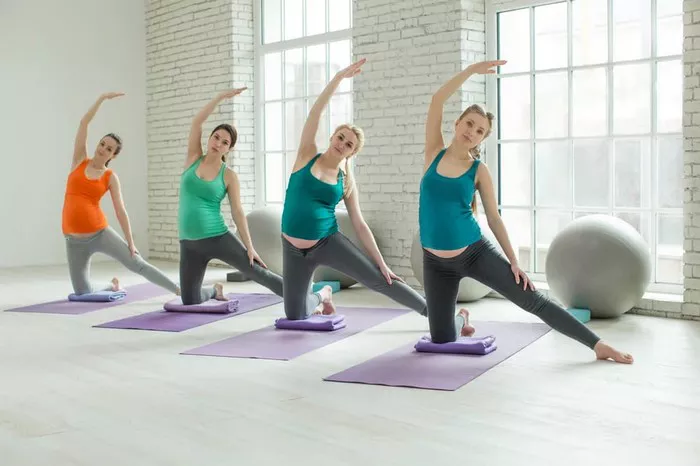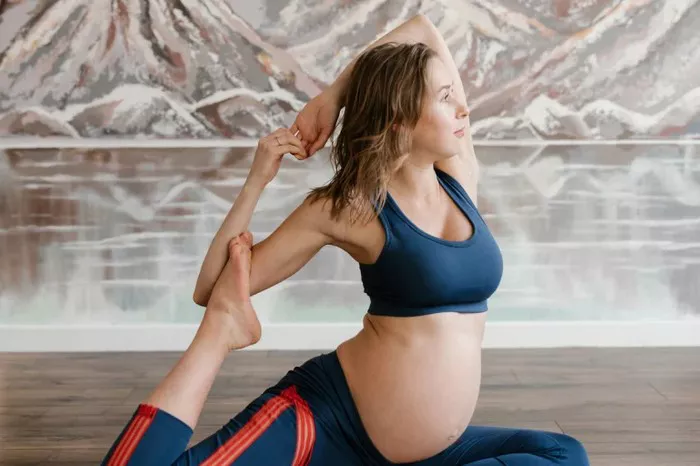The Bound Angle Pose, known as Baddha Konasana in Sanskrit, is a foundational seated posture in yoga practice. Despite its simplicity, this pose has numerous benefits that extend far beyond just stretching the hips. Practicing Baddha Konasana regularly can provide profound physical, mental, and emotional benefits, making it an essential addition to any yoga routine.
In this article, we will explore the anatomy of the Bound Angle Pose, its various benefits, and the ways in which it enhances the body and mind. We will also look at how to properly perform the pose and how to avoid common mistakes that practitioners may make.
Understanding the Bound Angle Pose
Before delving into the benefits, it’s important to understand the Bound Angle Pose itself. The term Baddha Konasana is derived from three Sanskrit words: Baddha, meaning “bound” or “tied”; Kona, meaning “angle”; and Asana, which translates to “pose” or “posture”. In essence, Baddha Konasana means the “Bound Angle Pose,” referring to the shape of the body when seated, with the feet bound together and the knees open to the sides, forming a diamond or butterfly shape.
To practice this posture, begin by sitting on the floor with your legs extended straight in front of you. Then, bend your knees and bring your feet toward your pelvis, allowing the soles of your feet to touch each other. Clasp your feet with your hands to “bind” them, and gently press your knees toward the floor. The spine should remain upright, and your chest should be open, with your shoulders relaxed. The goal is to create a gentle stretch in the inner thighs, groin, and lower back while also encouraging deep breathing and mental focus.
The Physical Benefits of Bound Angle Pose
1. Stretches the Hips and Groin
One of the primary benefits of Baddha Konasana is the deep stretch it provides to the hip flexors and groin area. Many people spend much of their day seated, which can lead to tightness in these regions. Over time, this tightness can limit the range of motion, making it more difficult to perform everyday activities such as bending, squatting, or even walking.
By regularly practicing Bound Angle Pose, you can counteract the effects of prolonged sitting and improve flexibility in the hips and groin. This increased flexibility can help with activities that require hip mobility, such as dancing, martial arts, and sports.
2. Improves Posture
In Baddha Konasana, the spine is kept upright, and the chest is open. This alignment promotes good posture by encouraging an awareness of the spine and torso. For many individuals, poor posture is a common issue, particularly for those who spend long hours sitting at desks or using electronic devices.
Practicing Bound Angle Pose strengthens the muscles along the back, improving posture and helping to alleviate the strain caused by slumping or hunching over. Additionally, by engaging the core muscles to maintain a straight back, the pose helps to develop strength and stability in the abdominal region, further supporting a healthy posture.
3. Relieves Tension in the Lower Back
Tension in the lower back is another common complaint for people who sit for extended periods. The Bound Angle Pose can help release tightness in the lower back by stretching the muscles and tissues surrounding the spine. When the legs are positioned with the soles of the feet together and the knees wide, there is a gentle opening of the hips, which can relieve tension in the lumbar spine.
Additionally, as you engage in deep breathing while holding the pose, the diaphragm expands, and this breathing pattern can increase oxygen flow to the lower back muscles, facilitating relaxation and helping to alleviate discomfort. Over time, practicing this pose can contribute to a more flexible and pain-free lower back.
4. Enhances Flexibility in the Inner Thighs
The Bound Angle Pose is excellent for stretching the inner thighs, or adductors, which can often become tight from activities such as running, cycling, or even prolonged sitting. As you bring your feet together and gently press your knees down, the adductors are stretched, and flexibility is improved.
Increased flexibility in the inner thighs is beneficial not only for yoga practice but also for sports and daily activities. The ability to stretch and move these muscles more freely can help prevent injuries and improve performance in activities that involve leg movements, such as dancing, squatting, or even walking.
5. Stimulates the Pelvic Region
Baddha Konasana is a powerful pose for stimulating the pelvic region. The opening of the hips and the gentle press of the knees towards the ground helps to increase blood flow to the pelvis, which can have numerous benefits, particularly for women. It may help alleviate menstrual cramps, improve circulation, and stimulate the reproductive organs, contributing to overall pelvic health.
This stimulation can also aid in digestion and relieve constipation by encouraging movement in the abdominal area and promoting the flow of energy throughout the body.
The Mental and Emotional Benefits of Bound Angle Pose
While the physical benefits of Baddha Konasana are readily apparent, the pose also offers significant mental and emotional benefits. The Bound Angle Pose is not just a physical stretch but also an invitation to cultivate mindfulness, calmness, and balance in the mind.
1. Promotes Deep Breathing and Relaxation
In order to fully experience the benefits of Bound Angle Pose, it’s essential to practice conscious breathing. Deep, diaphragmatic breathing activates the parasympathetic nervous system, which is responsible for the body’s rest and relaxation response. By taking slow, deep breaths, you can reduce stress and anxiety, calm the mind, and promote a state of mental clarity and relaxation.
Breathing deeply while in the Bound Angle Pose helps release tension from the body and quiets the mental chatter that can often cloud your thoughts. As a result, this pose is not only physically restorative but also emotionally grounding and soothing.
2. Cultivates Focus and Awareness
Yoga, at its core, is about the integration of mind and body. In the Bound Angle Pose, the focus on maintaining proper alignment and breathing encourages mindfulness, which fosters a sense of presence and awareness. By holding the pose and tuning into the sensations in the body, you can develop a heightened sense of awareness and focus that can be carried into other areas of life.
The practice of Baddha Konasana is an opportunity to cultivate self-awareness and practice being present in the moment. It teaches you to listen to your body, honor its limitations, and stay focused on the sensations you are experiencing.
3. Relieves Stress and Anxiety
The soothing nature of Baddha Konasana makes it an excellent pose for managing stress and anxiety. When practiced with deep breathing, it activates the parasympathetic nervous system, which helps calm the mind and reduce the body’s stress response. By practicing this pose regularly, you can develop greater resilience to stress and create a sense of emotional balance and stability.
Additionally, by cultivating a sense of relaxation and peace through the Bound Angle Pose, you can release stored tension and emotional blockages that may be contributing to stress or anxiety. This emotional release can result in a greater sense of emotional well-being and a more balanced, harmonious outlook on life.
How to Practice Bound Angle Pose
Here are step-by-step instructions on how to perform the Bound Angle Pose:
Begin by sitting on the floor with your legs extended in front of you. Sit tall, lengthening your spine and relaxing your shoulders.
Bend your knees and bring the soles of your feet together, allowing your feet to touch each other. Draw your heels as close to your pelvis as is comfortable.
Hold your feet with your hands, gently clasping your toes or ankles. If you can’t reach your feet, you can use a yoga strap around your feet to assist you in holding the position.
Engage your spine by sitting upright, lengthening through the crown of your head, and drawing your shoulder blades down and back.
Press your knees gently toward the floor. If your knees are far from the ground, don’t force them down; instead, allow them to naturally fall as you deepen the stretch over time.
Breathe deeply and hold the pose for 30 seconds to a minute, or as long as feels comfortable. Focus on deep, diaphragmatic breathing and relax your face and jaw.
To exit the pose, release your feet and extend your legs out in front of you, gently shaking them to release any tension.
Common Mistakes to Avoid
Overstretching the knees: It’s important not to force your knees down too far. They should move naturally toward the floor without discomfort. Overstretching can lead to injury, especially in the knees or hip joints.
Slouching in the back: Keep your spine tall and aligned. Avoid rounding your back, which can strain the lower back and reduce the effectiveness of the stretch.
Tensing the shoulders: Ensure that your shoulders remain relaxed, not hunched up toward your ears. Tension in the shoulders can counteract the calming benefits of the pose.
Conclusion
The Bound Angle Pose is a simple yet powerful yoga posture that offers a wide range of physical, mental, and emotional benefits. It stretches and strengthens the hips, groin, and lower back, promotes flexibility, and encourages good posture. Beyond its physical advantages, the pose helps to reduce stress, promote relaxation, and cultivate mindfulness.
By incorporating Baddha Konasana into your regular yoga practice, you can enhance your flexibility, improve your posture, and find greater balance and calm in your daily life. Whether you are a beginner or an experienced practitioner, the Bound Angle Pose is an accessible and beneficial posture that can support your overall well-being.
Related Topics:

